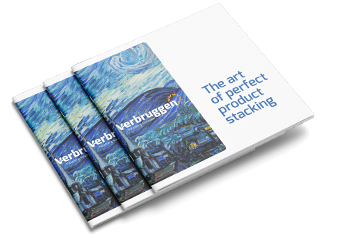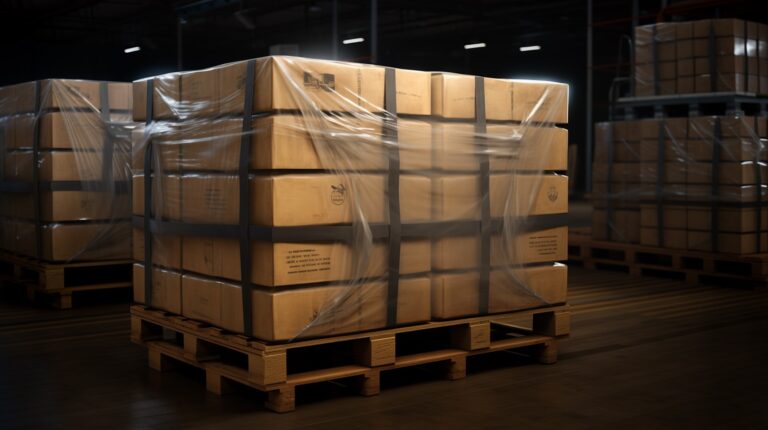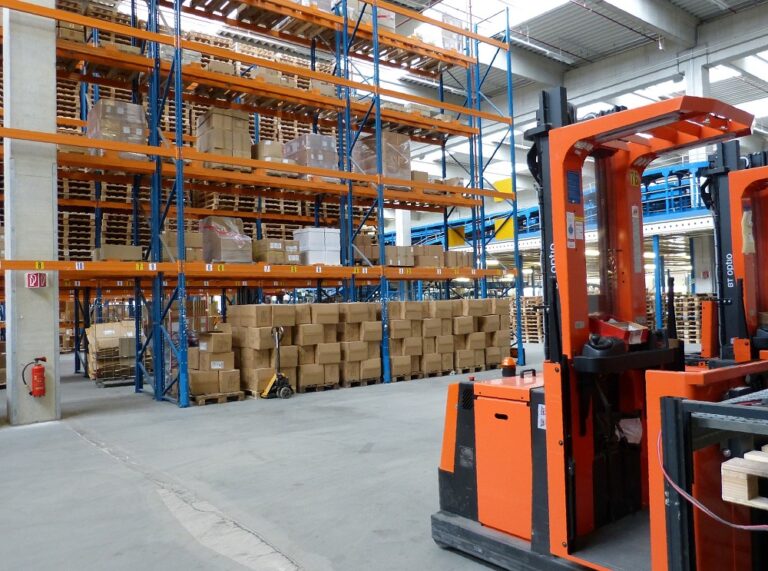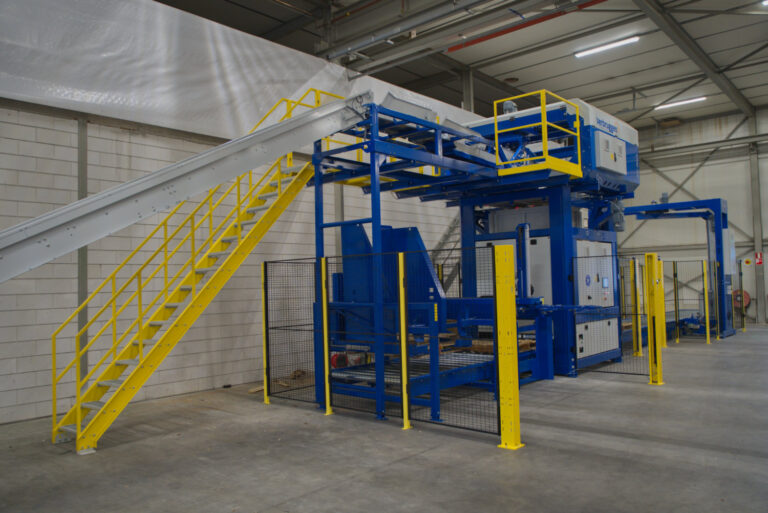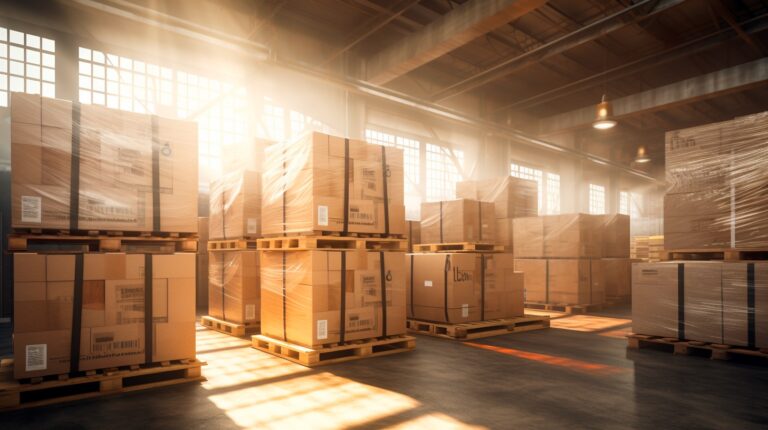Choosing the correct pallet and pallet wrapping materials for shipping
Choosing the right pallet and pallet wrapping materials is essential for efficient and secure shipping. The selection of materials should be based on the type of goods you’re shipping, the mode of transportation, and your specific shipping needs.
Considerations for selecting the right pallet and pallet wrapping materials in palletizing.
Here are some considerations for choosing the right pallet and wrapping materials:
1. Pallet selection for palletizing:
- Pallet Type: Choose the appropriate pallet type based on the weight and dimensions of your goods. Common pallet types include wooden pallets, plastic pallets, and metal pallets. Each has its advantages and disadvantages, so select the one that best suits your needs.
- Pallet Size: Ensure that the pallet size matches the size of your goods. Standard pallet sizes are typically 48″ x 40″, but there are various sizes available to accommodate different loads.
- Pallet Condition: Inspect the pallets for any damage, such as broken boards or protruding nails. Damaged pallets compromise the stability of your load.
2. Pallet wrapping materials in palletizing:
- Stretch Wrap (Stretch film): Stretch wrap is used for securing palletized loads. It is available in various thicknesses (gauge) and are provide both stability and protection.
- Shrink Wrap: Shrink wrap is heat-shrunk to tightly conform to the shape of the load, providing a secure fit. It’s suitable for irregularly shaped or loosely stacked items.
- Strapping (Banding): Strapping materials, such as steel or plastic strapping, are used for added load security. Strapping is be applied manually or with strapping machines.
- Pallet Covers and Liners: These materials provide additional protection against moisture, dust, and environmental factors. They are used in conjunction with stretch wrap or shrink wrap.
- Pallet Top Sheets: If you need to protect the top of your load from dust, moisture, or damage, use pallet top sheets, which are made of plastic or other materials.
3. Palletizing load considerations:
- Weight and Stability: The weight of your goods and the need for stability should dictate your choice of wrapping materials. Heavier loads require thicker stretch wrap or additional strapping.
- Fragility: If you’re shipping fragile items, consider using cushioning materials like bubble wrap, foam, or corrugated cardboard between items and layers to prevent damage.
- Environmental Factors: Consider whether your shipment will be exposed to extreme temperatures, humidity, or outdoor elements during transit. Some wrapping materials offer better protection in adverse conditions.
4. Transportation mode after palletizing:
- Truck vs. Ship vs. Air:
The mode of transportation can influence your choice of wrapping materials. For example, goods shipped by sea require more robust protection against moisture than those shipped by truck.
- Handling Equipment:
Consider the type of equipment used for loading and unloading, such as forklifts or pallet jacks. Ensure that your wrapping materials allow for easy access and handling.
5. Regulations and requirements:
- Shipping Carrier Guidelines: Some shipping carriers have specific requirements for pallet and wrapping materials, so check with your carrier for their guidelines.
- International Regulations: If you’re shipping internationally, be aware of any customs or import regulations that impact your choice of materials.
Why selecting the right pallet and wrapping materials in palletizing is important?
Choosing the right pallet and wrapping materials is essential to protect your goods during transit and ensure they arrive at their destination in good condition. Consider the nature of your cargo, your shipping conditions, and any regulations that apply to make an informed choice.
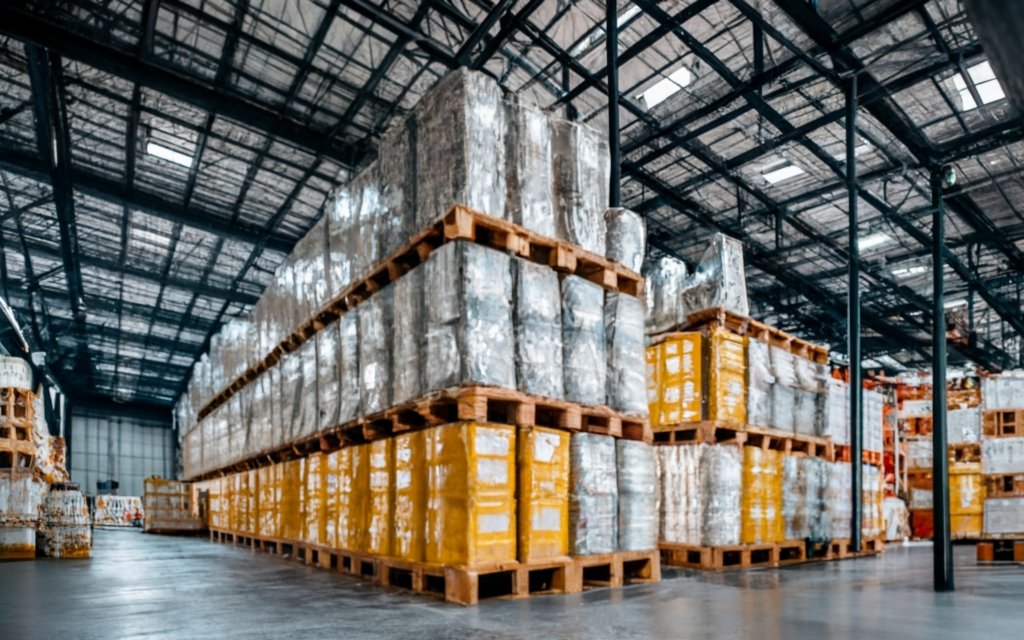
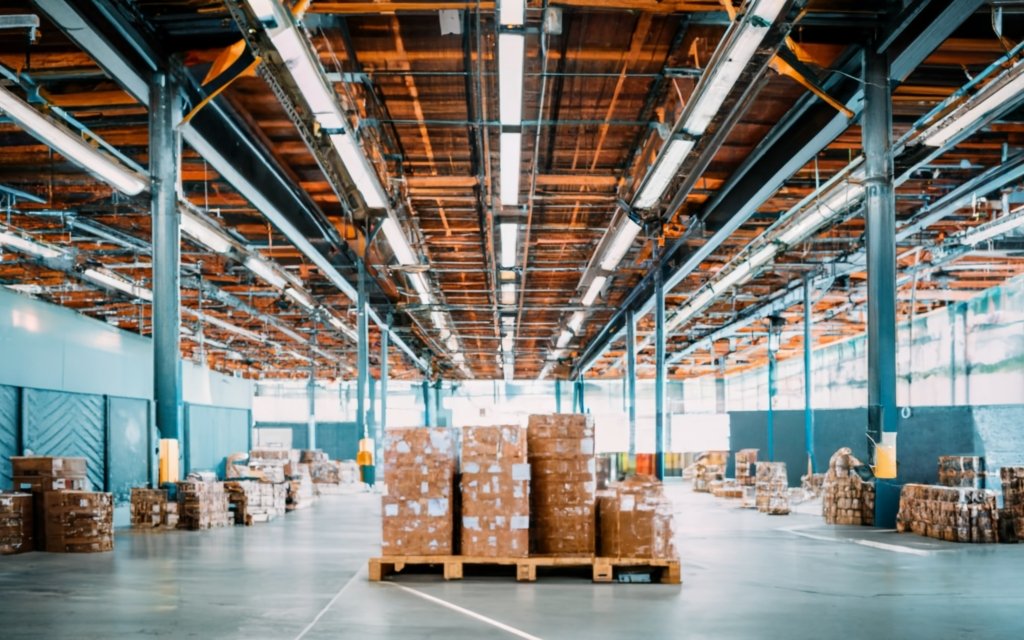
In conclusion, selecting the right pallet and packaging materials is a crucial step to ensure that your goods are shipped efficiently and securely. By taking into account the nature of your cargo, the transportation conditions, and any regulations, you can make an informed choice.
Why careful planning and execution of the packaging process?
Whether you opt for standard pallet packing or one of the other methods, careful planning and execution of the packaging process will contribute to preserving the quality of your goods during transit.
Remember that proper packaging not only ensures the safety of your goods but also enhances handling and storage efficiency. In summary, a thoughtful choice of pallet packing is the key to successful shipping.
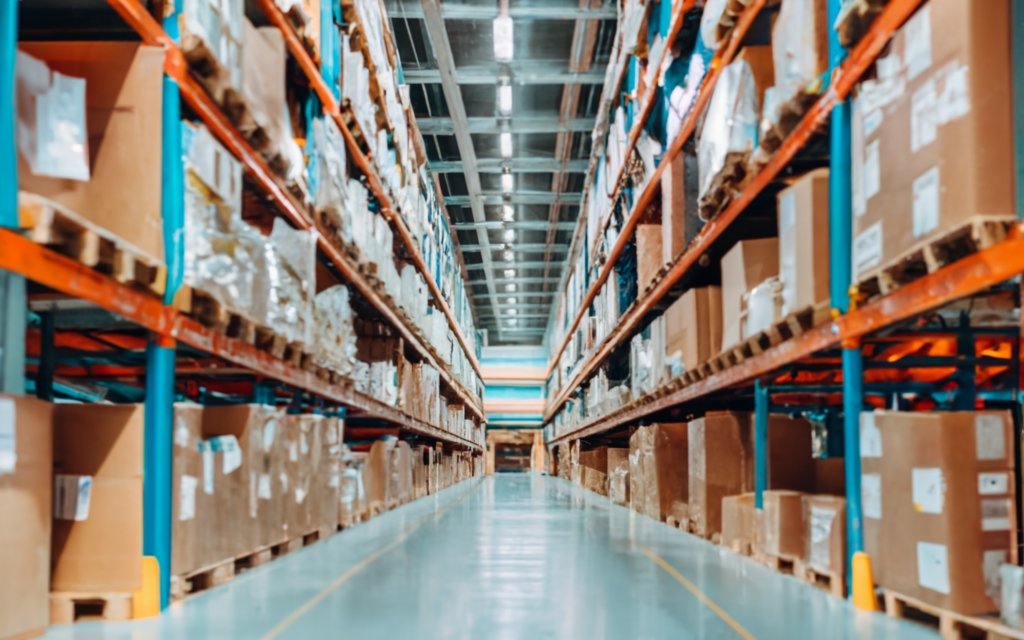
Do you like to know more about pallet packing and different palletizing solutions?
Our palletizing specialists can tell you all about it! Please feel free to contact us at: our contactpage (click) or take a look at our palletizing machines. We are happy to help you.

